Mushroom spotting at BGS Keyworth
Colleagues at BGS are mapping mushrooms as part of efforts to enhance biodiversity on the Keyworth site.
09/12/2022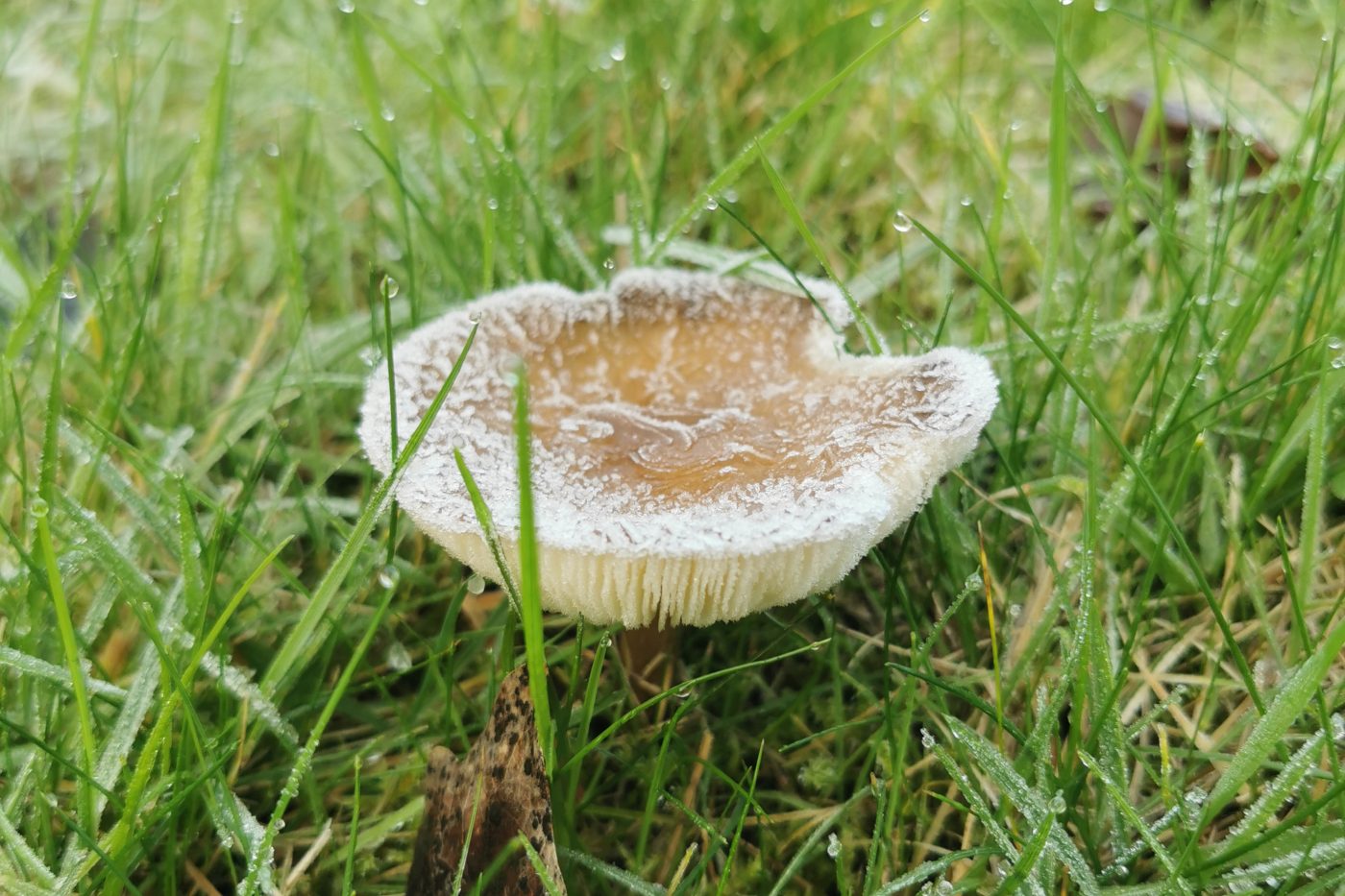
From food to biotechnology, the impressive fungal bodies we all know as mushrooms have a dynamic variety of beneficial uses. That’s just one of the reasons why colleagues from our Keyworth headquarters have started the BGS Mushroom Club.

BGS staff members Penny Reeve and Carol Arrowsmith mushroom spotting around the Keyworth site.
What began out of curiosity and an excuse to explore the fascinating variety of fungi growing on site at Keyworth has now turned into a growing community of staff with a shared interest. The club gives passionate foragers a chance to share their knowledge and time, searching for and identifying different fungi whilst learning more about their contribution to local biodiversity. The club’s work is also helping to build a more holistic rewilding output on site, creating spaces for nature to thrive in a healthy and sustainable way, and is an important pillar of the BGS Environmental Sustainability Strategy.
I think fungi are one of the most fascinating groups of microbes. As a microbiologist, I probably am biased towards finding fungi cool, especially because I have learnt so many amazing facts about them! They are used in so many applications, from food to biotechnology, have many types of visually impressive fruiting bodies and can survive some of the most extreme conditions on Earth.
What I love most about the mushroom club is that it brings members of staff from many different areas together over a common love for these organisms, creating a community out of a shared interest.
Jess Mackie, BGS Geomicrobiologist.
So far, the club has identified around 20 different types of mushrooms in Keyworth, including the shaggy inkcap, candlesnuff fungus, violet-toothed polypore and even a variety that probably wouldn’t look out of place in the wizarding world: the obscure-sounding wolf’s-milk slime!
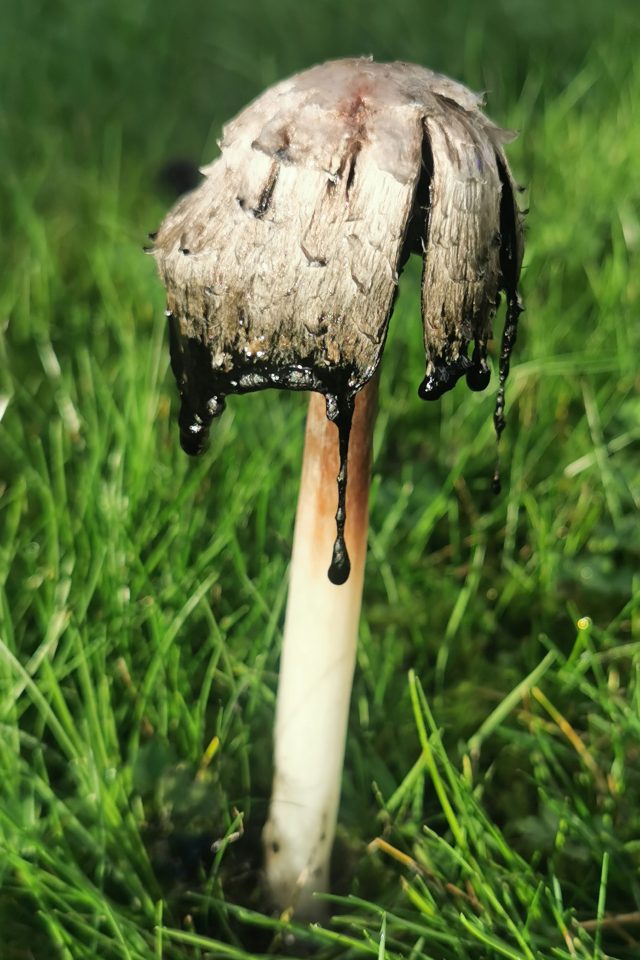
A mature shaggy inkcap found on site. © Penny Reeve/BGS.
According to the club’s founders, the shaggy inkcap is particularly prolific on site throughout October to November. It is an edible species, forming tall, white pillars that dissolve as they grow, creating a black ‘ink’ which spreads the spores. This ink can be used to write with. Inkcaps can be found around the canteen and orchard area.
The wolf’s-milk slime has been a particularly interesting find this September. It is a slime mold that appears in the form of many tiny red balls that are filled with a pink paste, which pops out when squeezed and looks almost like toothpaste!


A young wolf’s milk slime mold cushion oozing a paste when pressure is applied. BGS © UKRI.
The group is collecting photos and videos of their finds, catalogued by the month they were found, in the hope that they will be able to predict which varieties we might see all year round. The aim is to improve the group’s identification skills and create a calendar and map of mushrooms describing which fungi can be found where on site and the time of year each species appears.
I’ve always been a fan of mushrooms, but I really started getting into fungi identification during lockdown. I love going out into nature and spotting all these amazing fruiting bodies that form part of a much larger system which can grow for kilometres under the ground.
My favourite mushrooms are morels (so much I even have a tattoo of some) and I am fascinated by slime moulds. Starting the BGS Mushroom Club really began as an excuse to talk about the variety of cool fungi we find on site, but it’s been really useful to have a record of what’s growing and where, which could help inform future rewilding work.
Penny Reeve, BGS Digital Communications Manager.
Mushrooms should always be considered a wonderful addition to any site’s diversity as they play a key role in nutrient cycling by degrading organic matter and making it more available for plants and other soil dwellers. The club hopes to inform more people about the variety of mushrooms on our doorstep, which contribute to the great diversity of organisms we already have here in Keyworth.
Caution
Some mushrooms are highly poisonous and can be easily confused with edible species. Always exercise caution when foraging. If in any doubt, leave the mushroom in place.
About the author
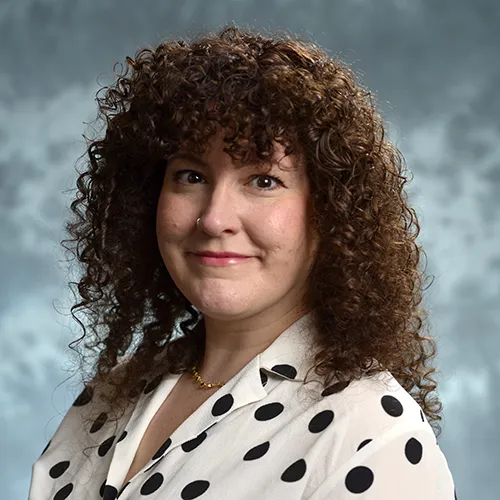
Penelope Reeve
Digital communications manager
Relative topics
Related news
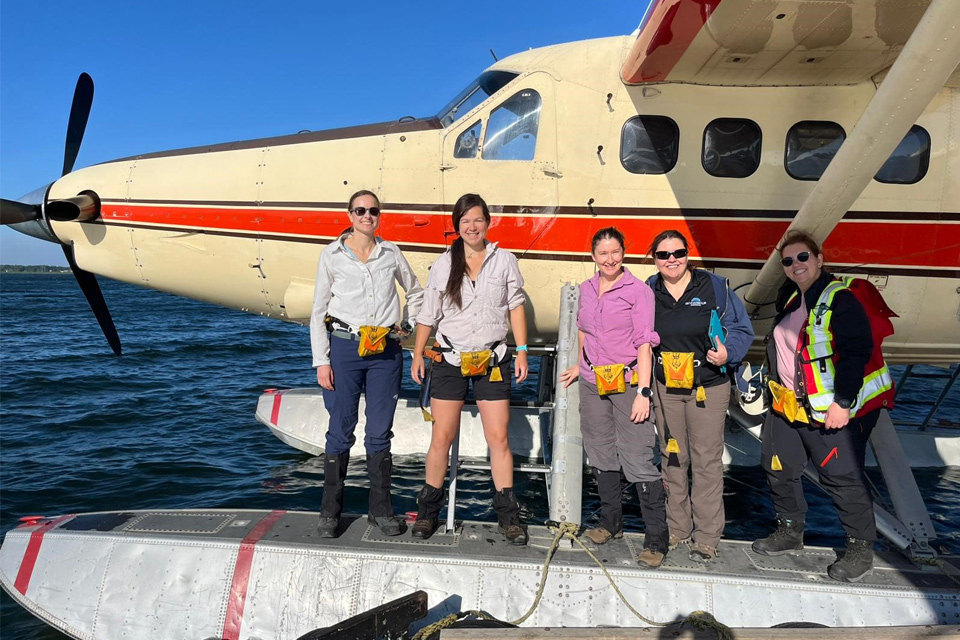
Funding awarded to UK/Canadian critical mineral research projects
08/07/2025
BGS is part of a groundbreaking science partnership aiming to improve critical minerals mining and supply chains.
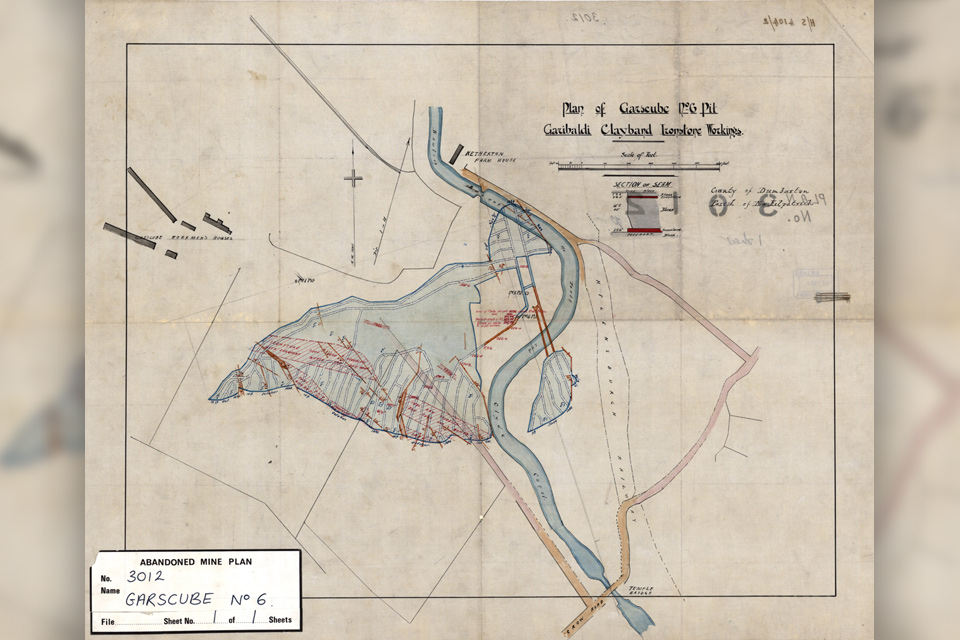
Release of over 500 Scottish abandoned-mine plans
24/06/2025
The historical plans cover non-coal mines that were abandoned pre-1980 and are available through BGS’s plans viewer.
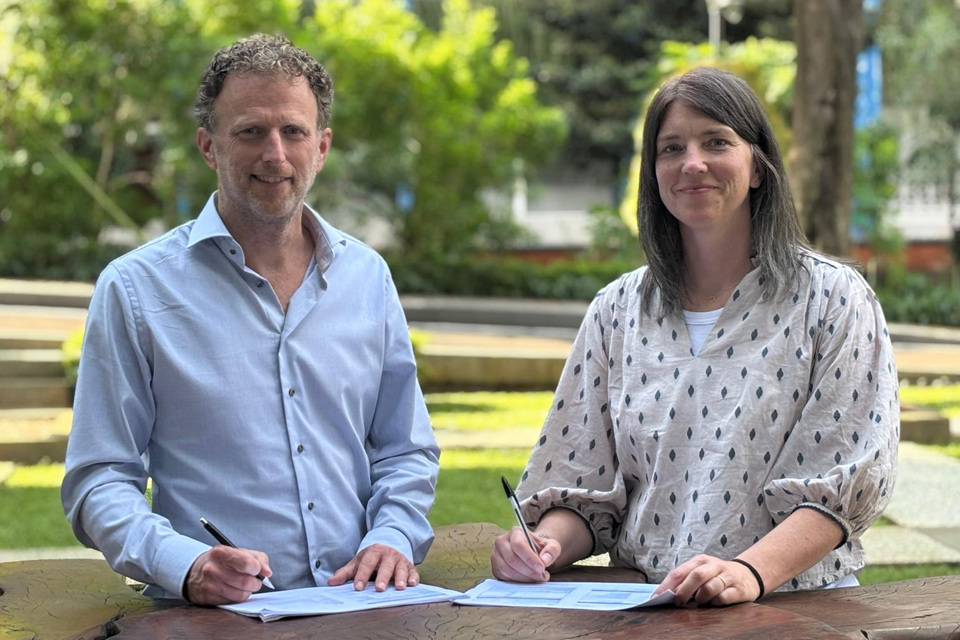
New collaboration aims to improve availability of real-time hazard impact data
19/06/2025
BGS has signed a memorandum of understanding with FloodTags to collaborate on the use of large language models to improve real-time monitoring of geological hazards and their impacts.
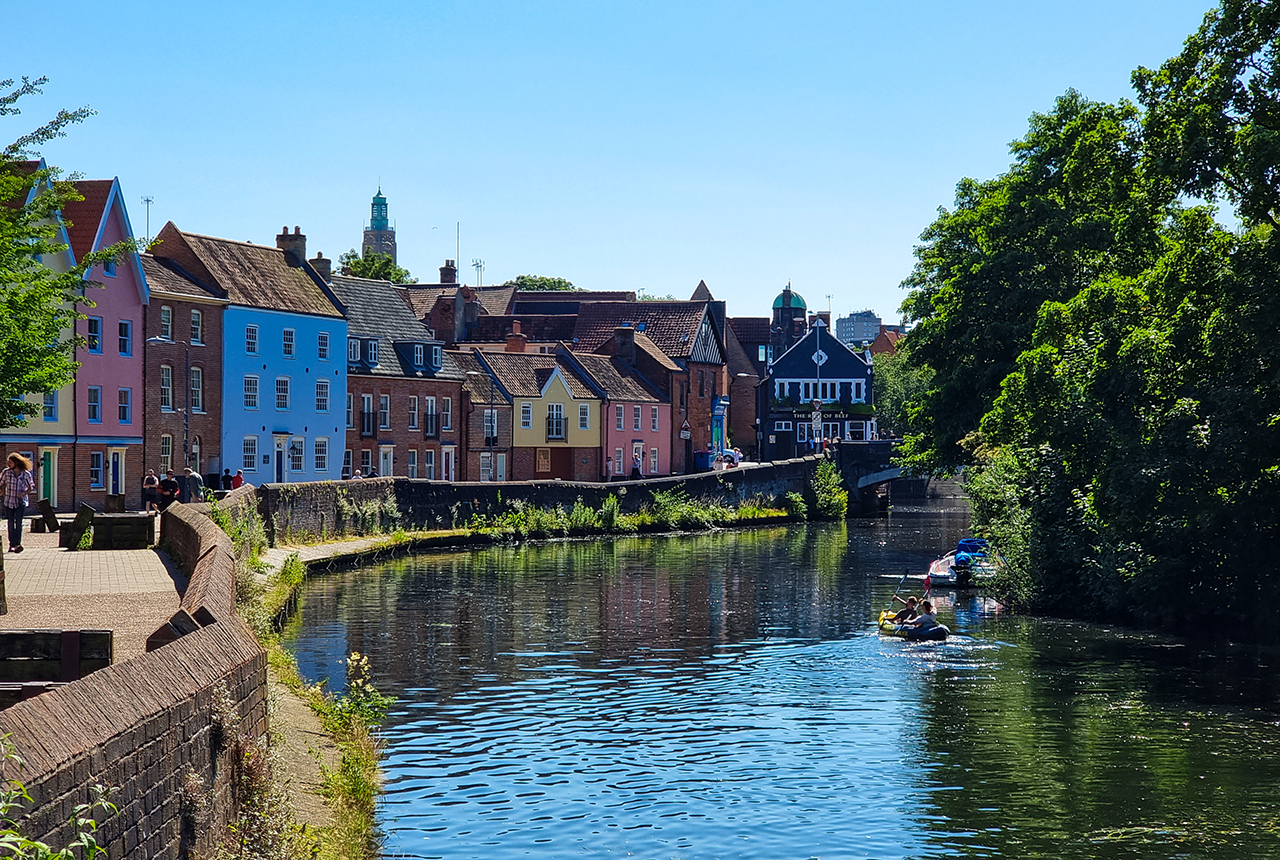
Modern pesticides found in UK rivers could pose risk to aquatic life
17/06/2025
New research shows that modern pesticides used in agriculture and veterinary medicines have been found for the first time in English rivers.
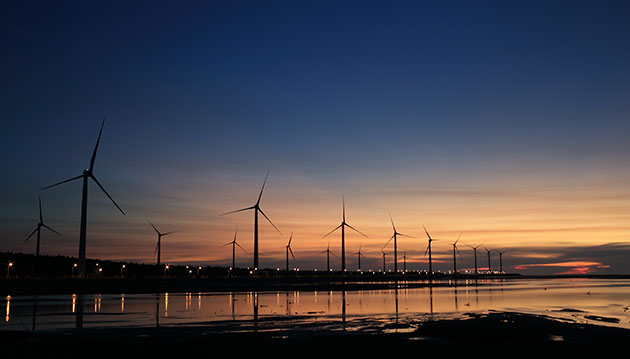
Goldilocks zones: ‘geological super regions’ set to drive annual £40 billion investment in jobs and economic growth
10/06/2025
Eight UK regions identified as ‘just right’ in terms of geological conditions to drive the country’s net zero energy ambitions.
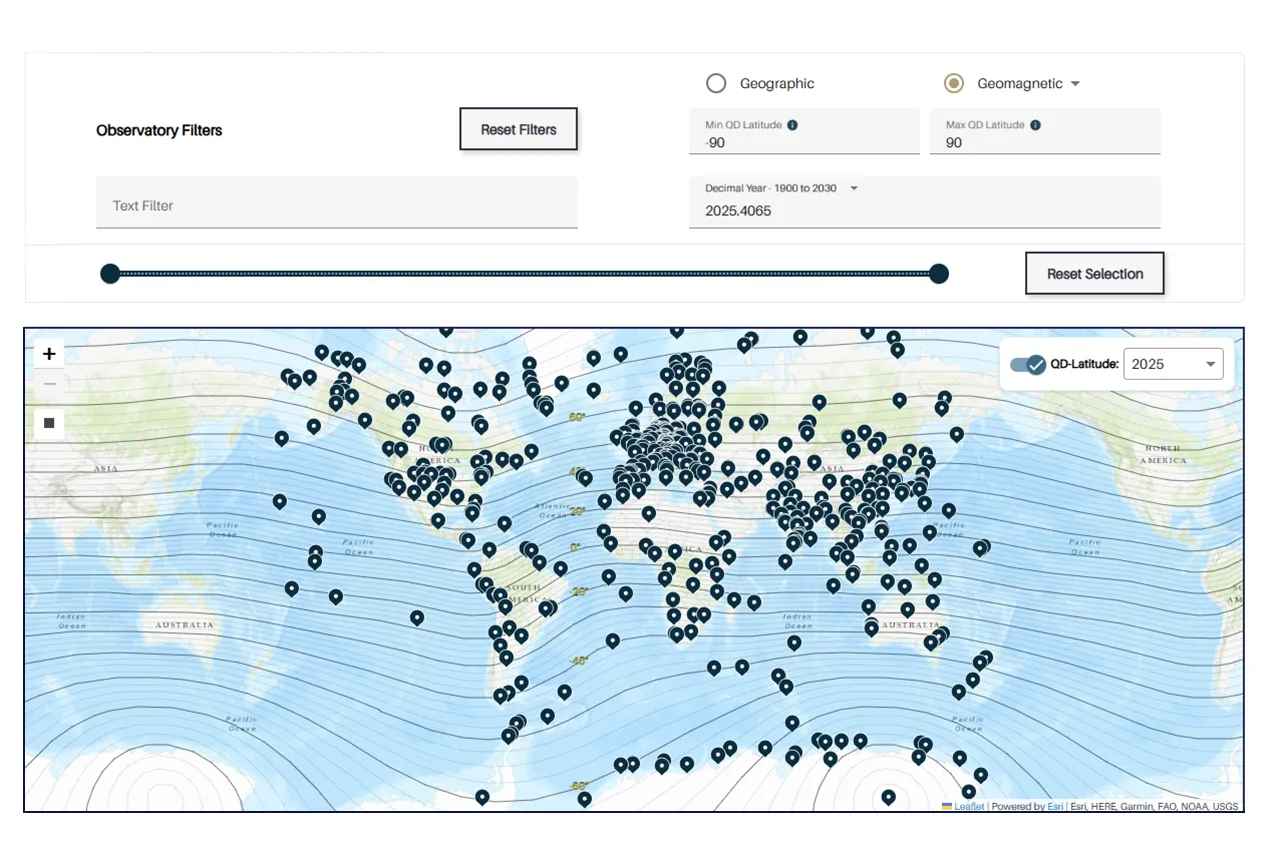
Upgraded web portal improves access to geomagnetism data
02/06/2025
BGS’s geomagnetism portal, which holds data for over 570 observatories across the world, has received a significant update.
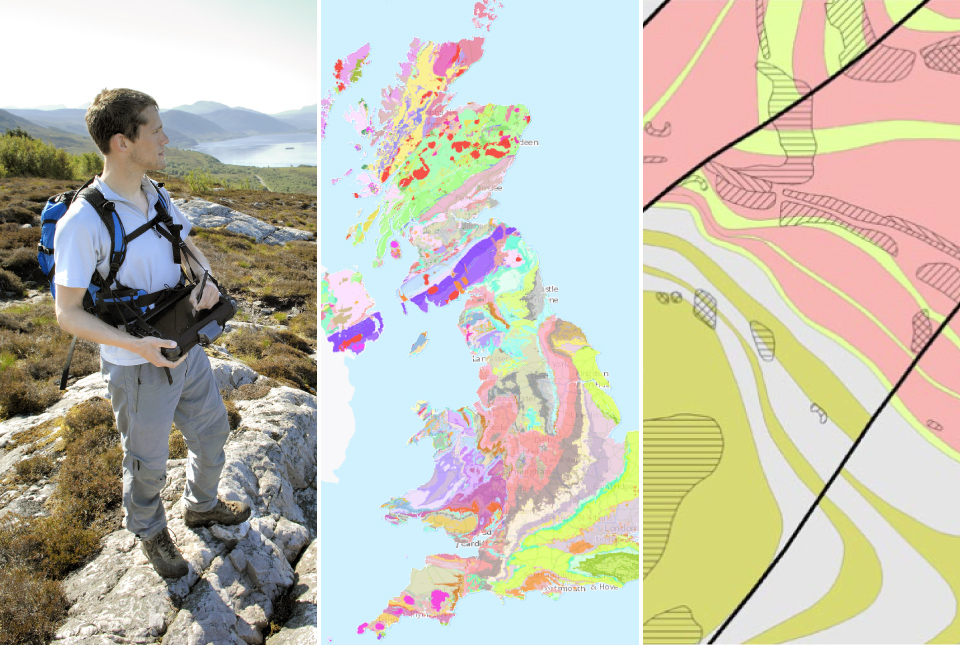
BGS digital geology maps: we want your feedback
29/05/2025
BGS is asking for user feedback on its digital geological map datasets to improve data content and delivery.
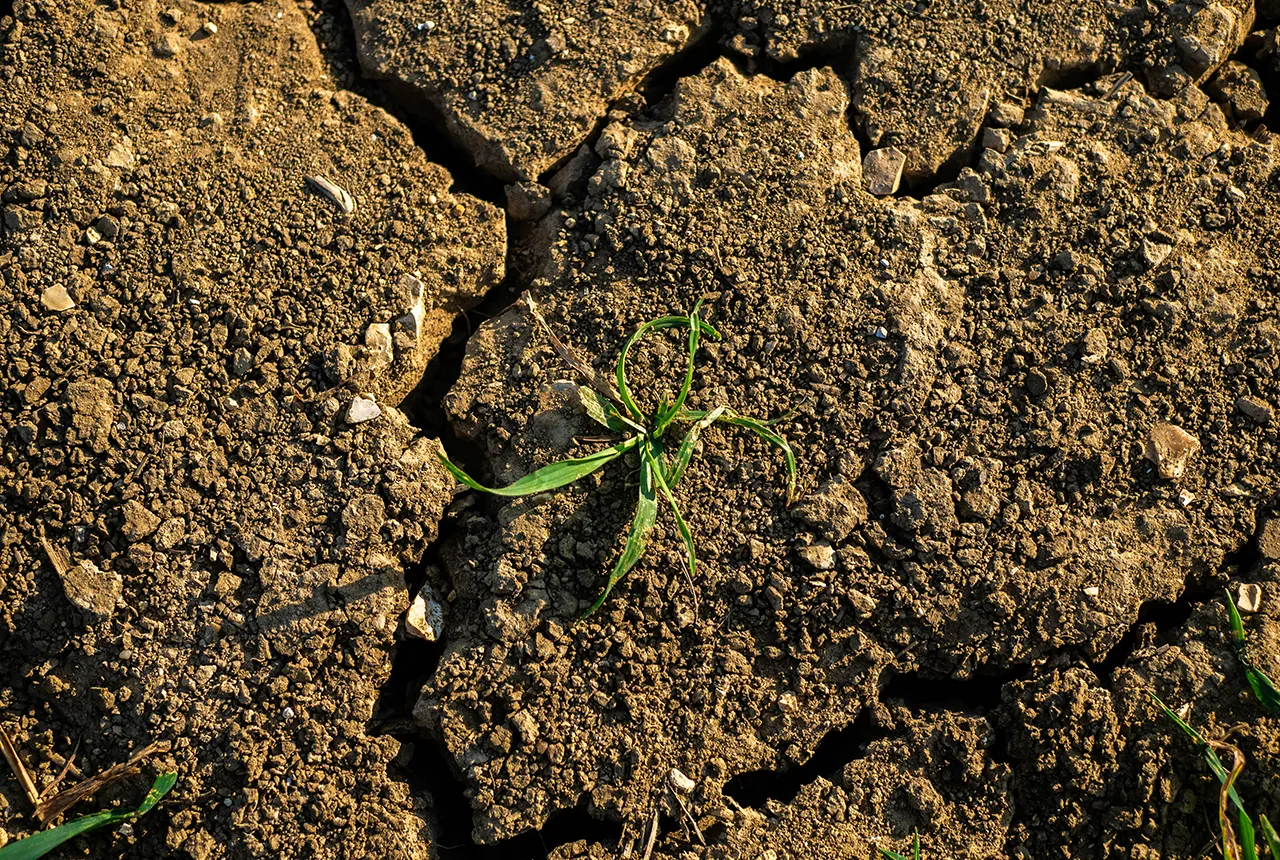
What is the impact of drought on temperate soils?
22/05/2025
A new BGS review pulls together key information on the impact of drought on temperate soils and the further research needed to fully understand it.
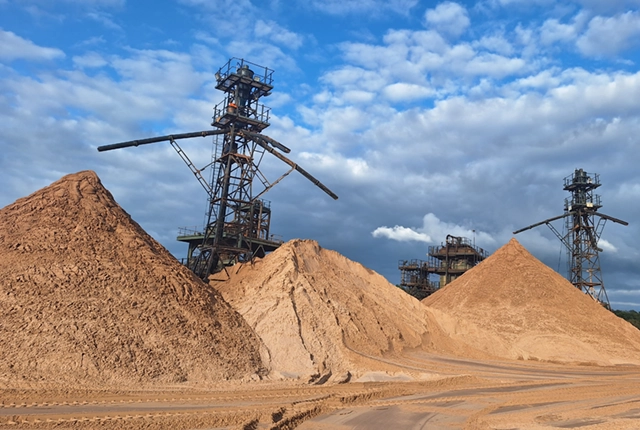
UK Minerals Yearbook 2024 released
21/05/2025
The annual publication provides essential information about the production, consumption and trade of UK minerals up to 2024.
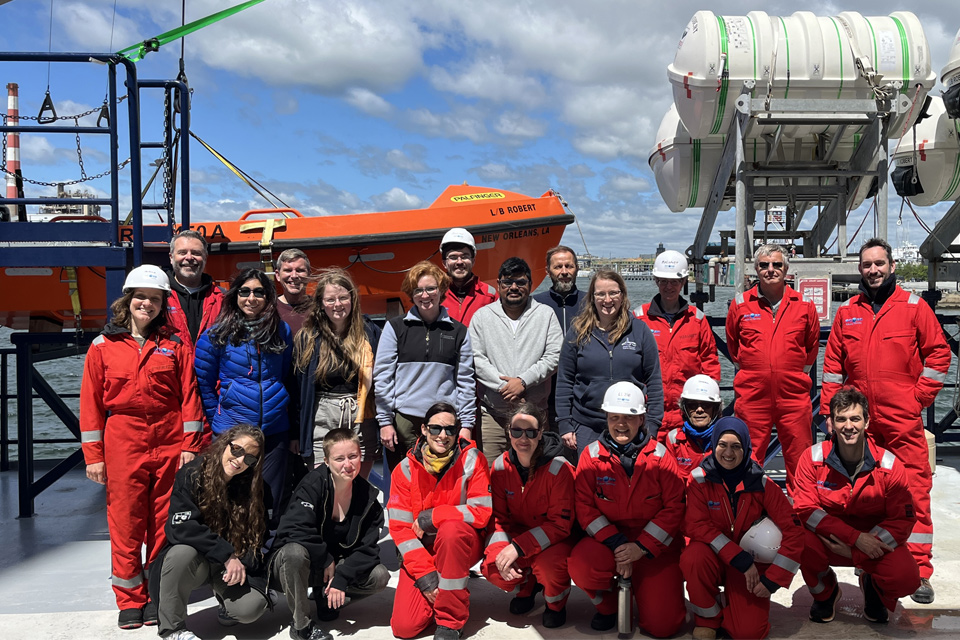
BGS scientists join international expedition off the coast of New England
20/05/2025
Latest IODP research project investigates freshened water under the ocean floor.
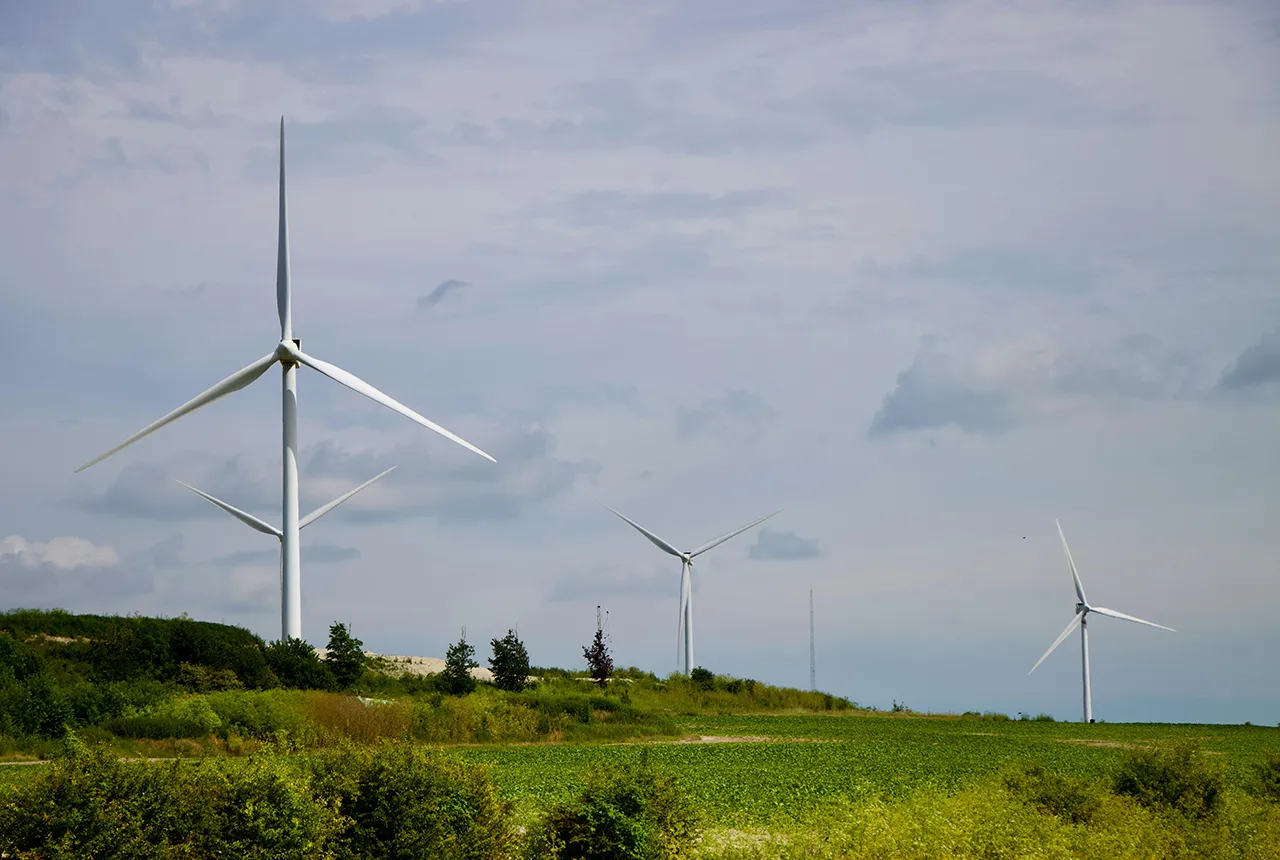
New interactive map viewer reveals growing capacity and rare earth element content of UK wind farms
16/05/2025
BGS’s new tool highlights the development of wind energy installations over time, along with their magnet and rare earth content.

UKRI announce new Chair of the BGS Board
01/05/2025
Prof Paul Monks CB will step into the role later this year.




